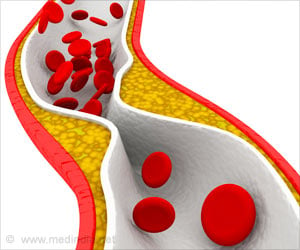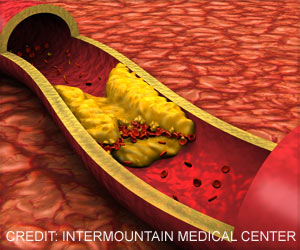New research explains how and why certain strains of Staphylococcus aureus have infected thousands of implanted cardiac devices.

The researchers examined SA's ability to bind to a sticky human (mammalian) substance called fibronectin that circulates in blood and sticks to the surfaces of implanted devices, like pacemakers. Staph bacteria have fibronectin-binding molecules and bind to the human protein to establish an infection on the implanted medical device. Once established, these infections are difficult or impossible to eradicate without removing the device itself.
"This the first step in biofilm-based disease work," said Vance Fowler, M.D., MHS, an associate professor of infectious diseases in the Duke Department of Medicine and co-corresponding author of the study. "I would expect the findings would be relevant for most implanted devices. The difference is that the cardiac devices are in direct contact with the bloodstream, and thus with fibronectin, so we need to do further work to clarify."
The study appeared online in the Proceedings of the National Academy of Sciences Early Edition the week of Oct. 24-28.
"The question was, 'are all SA created equal when binding with fibronectin?' and the answer is no," Fowler said. "We identified differing SA isolates from the blood of patients. All of the patients had SA, but some of the cardiac devices were infected and some were not, and we wanted to learn why. Most people had the infection but a lucky few didn't."
Working with the lab of Steven K. Lower at OSU, which specializes in atomic force microscopy, the team sequenced the binding regions of the gene that coded for fibronectin-binding protein in the bacteria.
Advertisement
"We often hear that nanoscience will make the world a better place, and our study demonstrates a direct correlation between something that occurs at the scale of a nanometer (i.e. a bond between a bacterium and implant) and the health of human patients with cardiovascular implants," said Steven K. Lower, co-corresponding author and associate professor in the OSU School of Earth Sciences.
Advertisement
Roberto D. Lins, a computer engineer with structural biochemistry and modeling expertise at the Universidade Federal de Pernambuco in Recife, Brazil, showed through dynamic modeling the interaction of the protein and the SA polymorphs of interest.
Using a powerful computer the team saved about 2.5 years' time and learned that the three DNA differences were associated with SA's ability to form more chemical bonds with fibronectin. These SA strains had an increased number of hydrogen bonds between the fibronectin (in people) and the fibronectin-binding protein (in the SA).
"Getting to the fundamental answers of common, serious infections that plague our patients is why I stay in research," Fowler said. "Now we have a plausible biological explanation of why these particular SNP mutations matter. We have a basis for working on prevention strategies."
Lower noted, "I like to think that one day we will discover a fundamental force law that we can exploit so that S. aureus never forms a bond with the surface of an implanted device."
Source-Eurekalert












